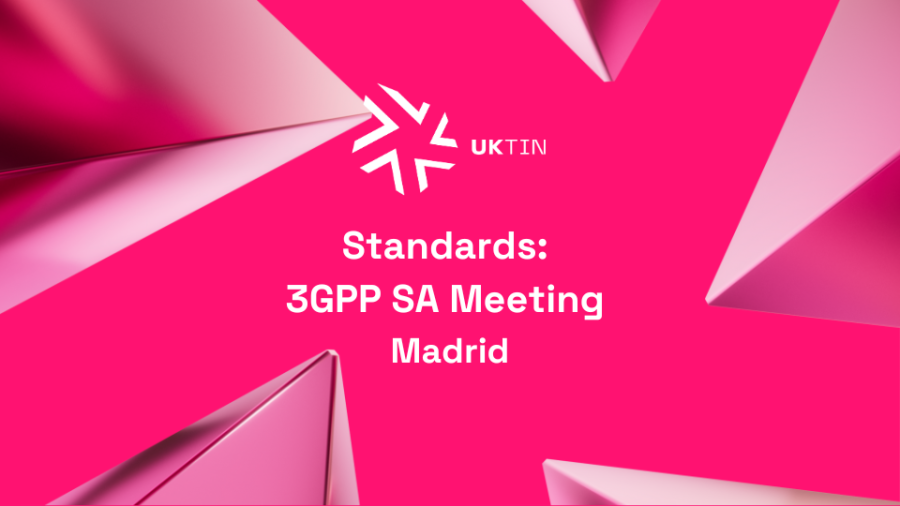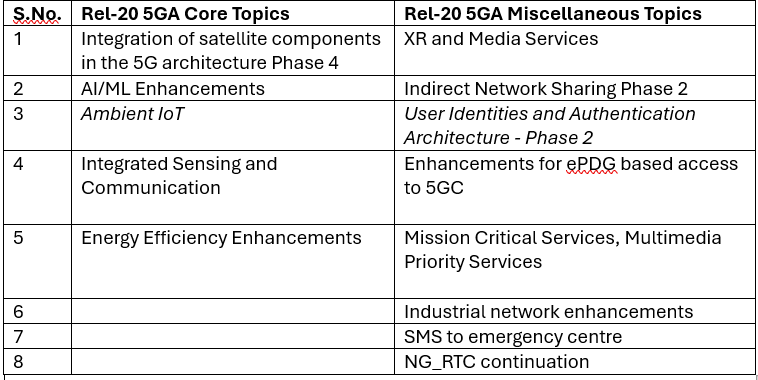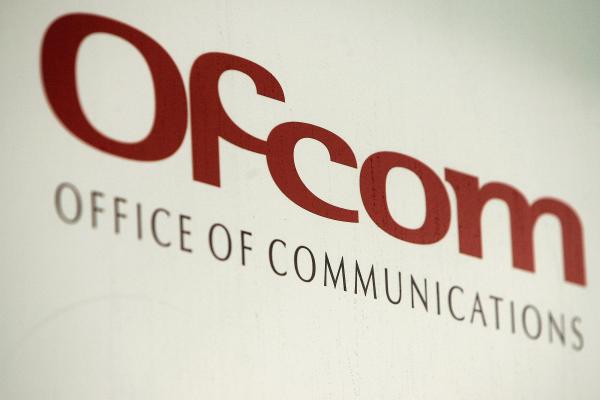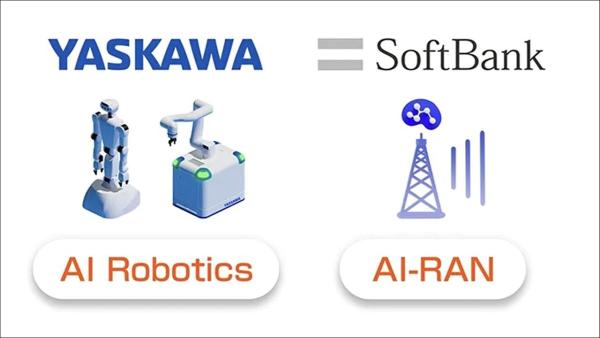
To ensure that SMEs have a front-row seat to telecoms standards making, our Standards Champion, Andy Reid, attends key standards meetings to observe, participate in conversations and report back on key themes and discussion points.
Here, Reid shares his reflections on the recent 3GPP SA meeting in Madrid.
What is 3GPP and what does 3GPP SA do?
The 3rd generation partnership project (3GPP) is the primary body for mobile standards. It was founded by six regional standards bodies (including ETSI from Europe), hence “partnership project”.
3GPP is organised into three technical specification groups (TSGs):
- services and architecture (SA),
- radio access network (RAN), and
- core network and terminals (CT).
Each TSG is organised in working groups (WGs) with remits to cover specific technical aspects of the overall work. WGs submit their output to its TSG for approval. Very broadly, the TSGs organise and approve, while the work is undertaken by the WGs. Madrid was a meeting of the three TSGs and so was concerned with approving the output of the working groups and agreeing new work.
This may not sound as exciting as the detailed technical work, but this is really not the case; it is a vital step in the process. You can’t rock up to a working group meeting and propose technical ideas that are not within the tightly defined scope of a specific work item. On the other hand, if you have worked with others on defining the problem and agreeing a precisely scoped work item, that goes a long way to getting your technical idea approved: you have ensured your idea is a solution to an already agreed, narrowly defined problem.
In addition, often in defining the scope of work items, much of the overall consensus building takes place, meaning many conflicts are already settled and resolved in the wording of the work item.
The hot topics at this meeting
At this SA meeting, the hot issue was the number of work items that the SA working groups could realistically complete in a specific timeframe, not just the scope statements of the proposed work items.
This arose because SA had already agreed to complete all service descriptions for 5G Advanced (stage 1 done by SA1) by Jun 2025 and architecture and functional descriptions (stage 2 done mainly by SA2) by Sep 2026 so they can commence 6G work. The SA discussion looked at the implications of these timeframes on the workload across all the SA working groups, and it was clear the stage 2 architecture work in SA2 is the main bottleneck.
A list of candidate topics for 5GA was already being worked on and by the end of meeting contained the following topics (and it still open for additions/amendments):
- Integration of satellite components in the 5G architecture Phase 4
- AI/ML enhancements
- Ambient IoT
- Integrated Sensing and Communication
- Energy Efficiency (continuation)
- XR and Media Services
- Indirect Network Sharing Phase 2
- User Identities and Authentication Architecture - Phase 2
- Enhancements for ePDG based access to 5GC
- Mission Critical Services, Multimedia Priority Services
- Multi-access (DualSteer, ATSSS enhancements)
- Industrial network enhancements
- SMS for Emergency
- NG_RTC continuation
- Resident Phase 2
- VMR enhancements
- Combined QoS configuration and monitoring
- Legacy Residential Gateway Supporting 5G LAN-type Service
- Exposure for Virtual Network information and capability
- Study on IMS resiliency
- Emergency Data Service
- Ranging
- Service based UPF and Edge Computing
- Network Exposure Architecture enhancement
- 5GA migration to next generation mobile networks
- Femto enhancements
However, it was also agreed by the meeting that SA2 could realistically complete only seven of these 26 candidates in the timeframe! While other working groups might be able to manage more, there would be no point in them putting things in their work plan if SA2 could not do their part of the work. Getting to a realistic and coordinated work programme is where the TSG meetings are so important.
Agreeing the list of work items for 5GA was contentious and caused much debate. Not surprisingly, those proposing specific topics were unwilling to seen them deprioritised and effectively postponed to 6G. A lot of pressure fell on the SA chair, and especially the SA2 chair to construct a proposal which could gain approval. Indeed, with many vested interests, ultimately going with the chair’s proposal is often the easiest way. But for this to work, the chair needs to be seen and trusted as independent by all, not aligned to a particular vested interest (including the company they work for) and should not be easily swayed to any one position.
To move from 26 topics to seven, Andy Bennett, the chairman of SA2, early in the meeting presented a “strawman” table separating “core topics” from “miscellaneous topics” and together contained only 12/13 topics. The broad proposal was that the “core topics” would progress first and topics from the “miscellaneous” list would be chosen as time allowed. Dispute lengthy discussion both on and off the floor of the meeting, these two lists remained largely unchanged throughout the discussion and are now reflected in the meeting report as guidance to SA2.
SA2 Rel-20 5G-A candidate topics

However, even this was not the end of the story. For various other reasons, three of these (italics in the table) were not included for immediate work. This left four core topics and six miscellaneous topics which SA asked SA2 to start work on immediately.
What does this mean for you?
The administration side of standards can be a ‘secret weapon’ in the standards game, which those in the know very much use to their benefit. First, if you want to know what standards are likely to get agreed, following the development of the work programme gives an early insight into which standards are likely to emerge sooner and which will take longer, as was the case in this Madrid meeting. Second, if you are looking to get your idea into a standard, engaging with the development of the work programme can greatly simplify your path to success.









